Interzone #260
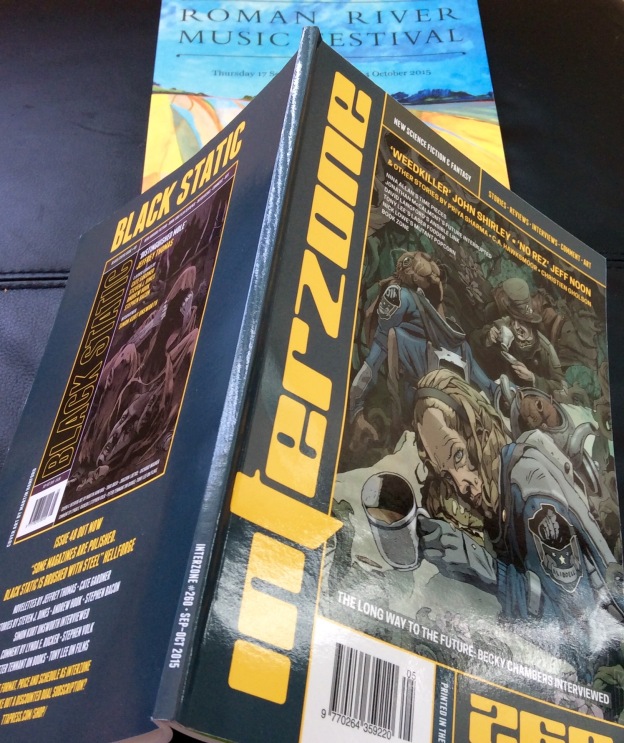
Stories by John Shirley, Priya Sharma, Jeff Noon, C.A. Hawksmoor, Christien Gholson.
My previous reviews of TTA Press Publications HERE.
When I real-time the above fiction, my comments will be found in the thought stream below or by clicking on this post’s title above…

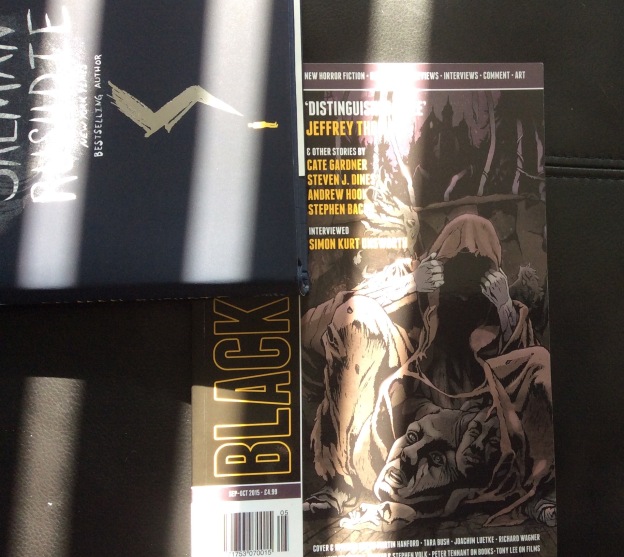
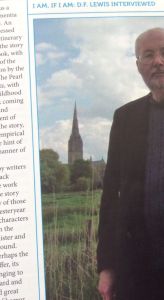



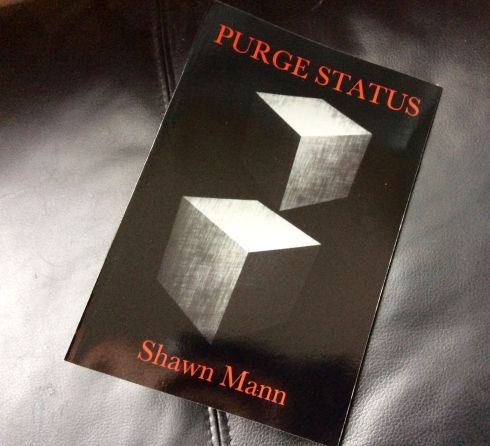
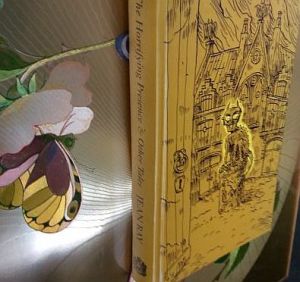
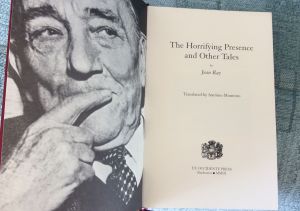
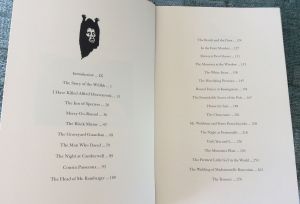


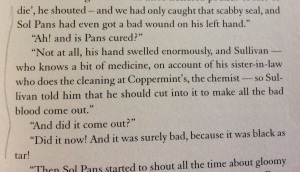

“…jagged shards spun around her, glinting, reflecting her image over and over,…”
I reckon this cybermedia-mix of reality and virtual reality means you can’t actually use WEEDKILLER itself for finding out what really happens in it – just as much as weedkiller as a killer of weeds, or a winnower of chaff and wheat, cannot be used without killing both chaff and wheat. One character uses virtual reality means for her empathy kicks that take her beyond gaming into a realm where she is what she thinks she is, producing this effect by intake of something that may or may not be weedkiller, so why not the human weedkiller himself – ostensible family man or secret, authorially disintentional hologrammatiser of his own backstory? – becoming someone that even the author believes what the text says he is. It makes this extrapolation of a bleak world – with a need for the culling of unworthy, unproductive humans to prevent them from blighting the required pattern of productivity – EVEN bleaker than it is. But which the cullers, which the culled and which the uncullables?
Charlie Venter his own Charlie Brooker.
“…planted on social media.”
“She defaces the paintings, smashes the porcelain and bends the tines of the pastry forks.”
The tines as if fiction hair made metal?
It seems appropriate that following a story entitled ‘Weedkiller’, too, that this Rapunzel theme and variations where her rapid anagen blondeness becomes baldness is next the story to read. An intriguing treatment of isolation by vicious-sounding myths instilled by others about what her escape into an unknown outside world of men and monsters would mean… Instead such monsters come to her…. And these ‘weeds’ knot like mere hair – or life? – inside her… Read on, I say, and see.
“Need to talk to Bella about it, tech geek: strange life she has, in her tiny dark room,”
I often hope my dreamcatching real-time reviews are a form of ‘blue sky thinking’, no more than I hope with this Noon’s height of a POV source of actually living with the pop-ups and textually conjured existence of a (sometime focusing sometime scattering) cyber-self called Aiden, POV upon POV, as he tries to triangulate his bearings during a street mugging situation (as I try to triangulate books with my gestalt reviews from 2008 and as Brian Aldiss did in a completely different way with his 1968 novel ‘Report on Probability A’ that I dreamcaught here).
NO REZ synchronously resonates in mutual symbiosis with the Shirley story above. And its ‘sprites’ or ‘pixels’ chime, in hindsight, with Sharma’s vision of Rapunzel’s strands of hair coming back to her in a different form… A story that is is the ‘Golden Resolution’ of a mind-sky extrapolation from today’s growing sensation of becoming an Internet existence, as well as its classical Golden Mean, in an astonishing graphological word-portrait, through a verse-enjambment, typographically bi-landscape medium.
I see what I see. Skimming, streaming, ‘vision-sick.’
“Her headtresses washed over her face as she looked back down the silver ribbon of the express train glinting blue and violet in the sunset.”
I think I am the wrong person to review this SF story. The plot of politics and conspiracies went completely over my head and I became very confused. On the positive side, I appreciated the style of description, the Express train itself on its journey from Jupiter to Mars, the swashbuckling with fanblades, the more spiritual aspect of a character’s exoskeleton, the dance with the pneuma machina, some of the characterisation and their religions or motivations (where I managed to understand them.)
Now THIS is my sort of story. It is a wonderful extrapolation, at least in part, of a Steve Rasnic Tem ‘fishing lost out of the way’ nam, afghan, iraq veteran type story, where a lucky quirk in Brian Aldiss’s Probability year of 1968 is this character’s back story, wherefrom a fished-out manatee is an ancient spell-making grandmother of grandmothers and an old man is the old fogey reviewer like me who helps out the hero, helps him reach his story, through – a passion of mine – connections and astrological harmonics. As a pattern of destiny. Several lives of self whence to choose a single one from the Shirley and Noon concatenations of now…
“Real time – when past and future twist around each other;”
“…the connections between all things, and how those connections play a part in healing.”
——–
There is much else in Interzone #260 in addition the above fiction.
This review has been made using my subscription copy.